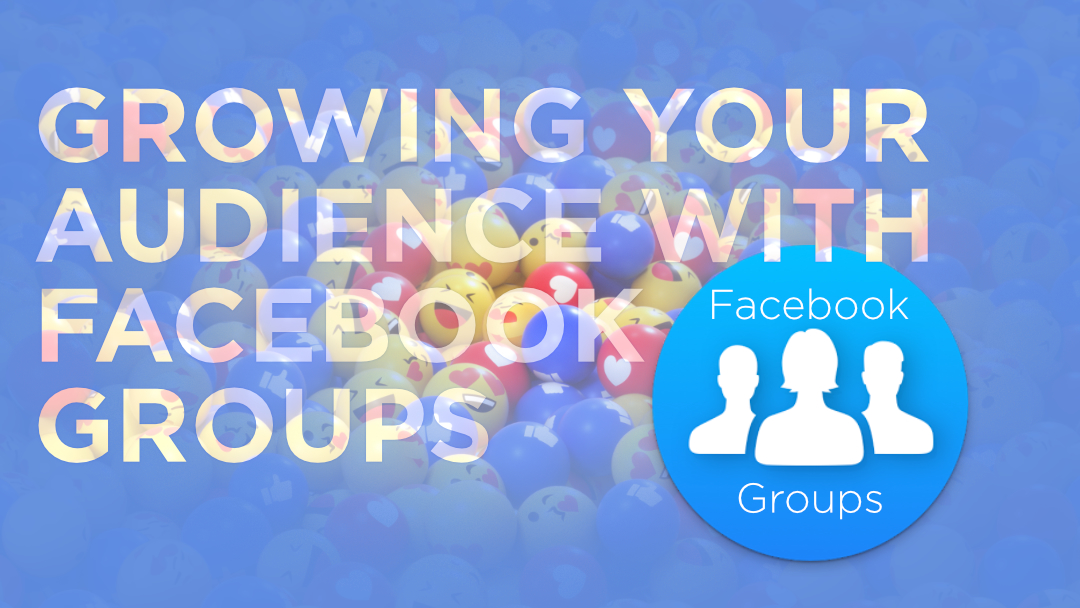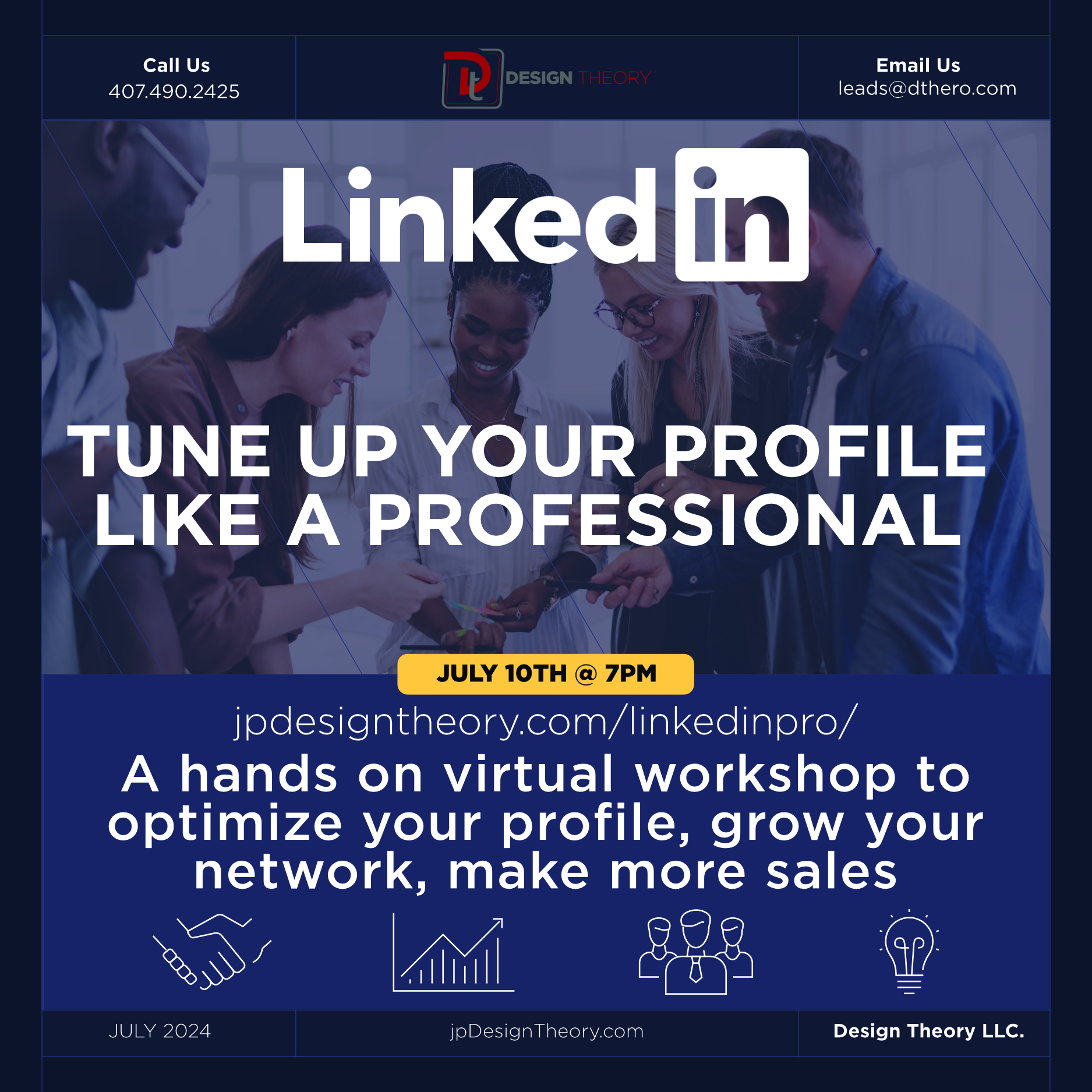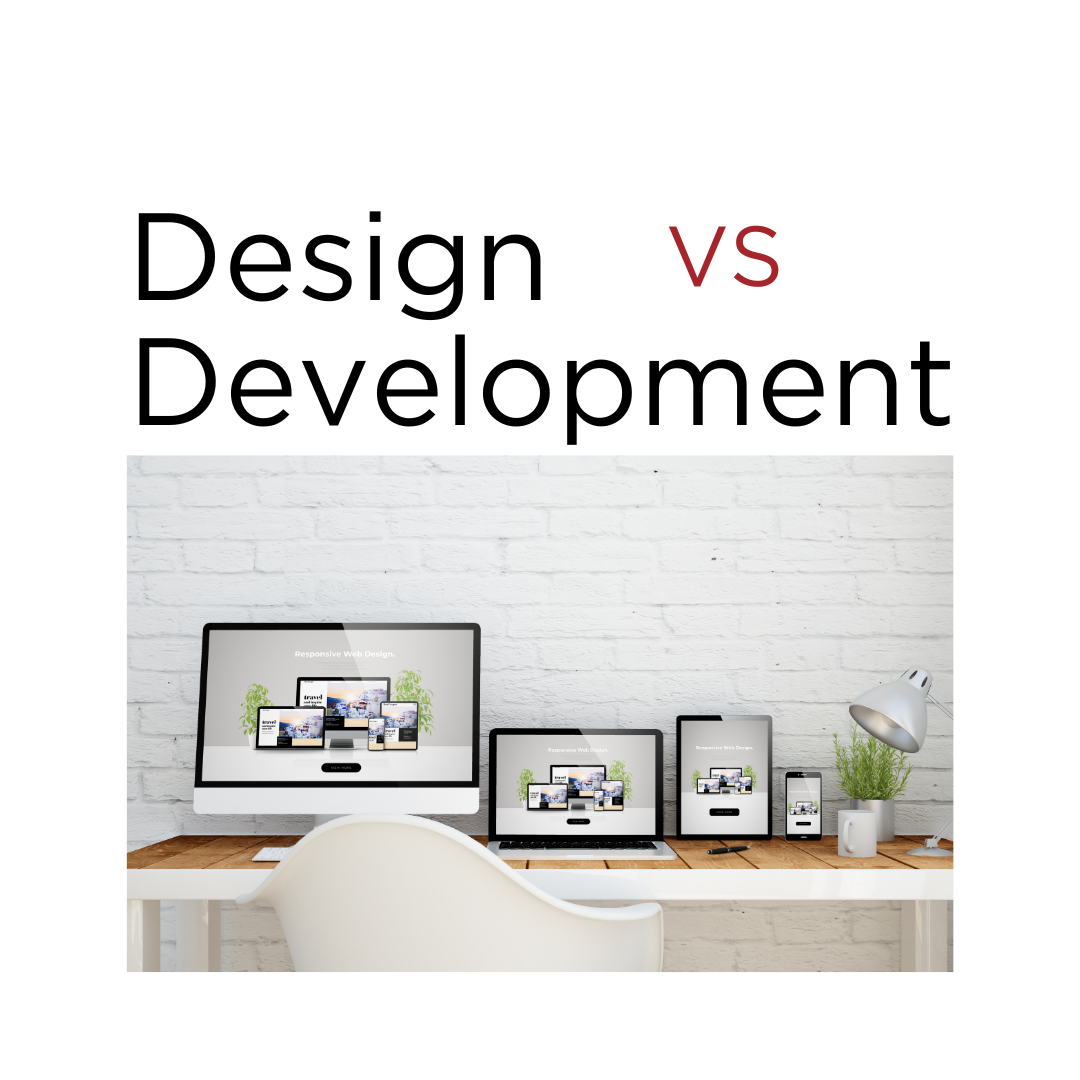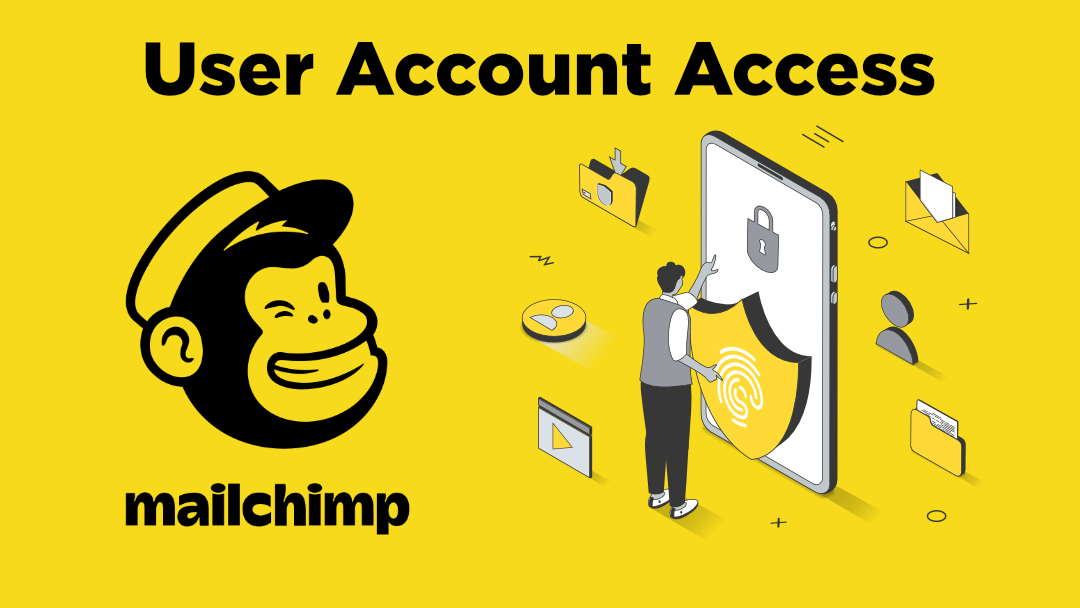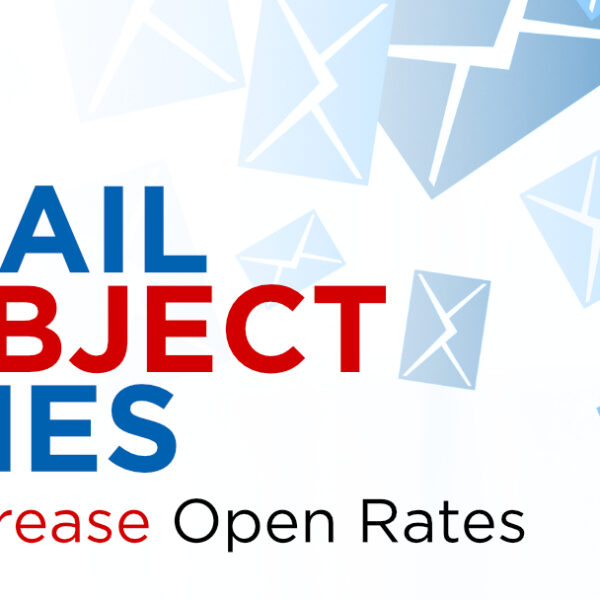All Posts, Content & Copywriting, Infographics, Marketing, Social Media
 Facebook is an important platform for both engagement and professional networking among business and marketing professionals. But not everyone believes that time spent on this social media forum is well worth the effort. Or perhaps you think you do have strong and proper utilization of Facebook. And if so, that’s fantastic and way to go in leveraging your social media marketing channels. However, if you haven’t seen much engagement last year or haven’t generated any leads from it, then maybe some (or all) of these tips can help you change your fate in 2013. With a little time, a few colleagues and these tips, you can easily make your Facebook marketing strategy a success, increase traffic and engage, engage, engage!
Facebook is an important platform for both engagement and professional networking among business and marketing professionals. But not everyone believes that time spent on this social media forum is well worth the effort. Or perhaps you think you do have strong and proper utilization of Facebook. And if so, that’s fantastic and way to go in leveraging your social media marketing channels. However, if you haven’t seen much engagement last year or haven’t generated any leads from it, then maybe some (or all) of these tips can help you change your fate in 2013. With a little time, a few colleagues and these tips, you can easily make your Facebook marketing strategy a success, increase traffic and engage, engage, engage!
#1. Content Making Your Audience Yawn?
Too many brands are guilty of over-posting articles and links to other businesses articles. Facebook is the most ‘social’ platform for all and people want to see, read, and share knowledge. Just posting articles can make your page quite boring! A better way to engage fans on your page and keep them coming back for more is to share a wide array of content. Anything from Infographics to select business tips to short e-books. Facebook may not be free forever so use this worldwide social media leviathan to your advantage while it’s still gratis!
#2. Tumble Weed Blowing Through Your Pages
There’s nothing worse than having a dead Facebook page. Many businesses Facebook pages were guilty of serious neglect with posts dating back weeks or even months ago. Not only does posting infrequently kill your Edgerank (the system that controls content visibility on your network’s News Feed), but it also sends a message to your fans that you don’t care to much about their loyalty to your brand and voice. The best way to improve visibility on Facebook is by frequent postings, advertisements and product/service imagery.

#3. A Little Vanity Is Good
A lot of businesses still don’t have a vanity URL (username) and are using the same old default URL given by Facebook from when they first signed up. To business prospects this can look tacky and unprofessional. Remember that once you have 25 fans, you are able to claim a dedicated username for your page. This comes in handy when you’re directing people to your Facebook page from other sources. You don’t want them to type in a URL that’s long and awkward. If you need help changing your URL, here’s how to do it.
#4. Don’t Let Your Page Be Visually Impaired
We all know that most of us “eat” with our eyes first. Visual content remains one of the number one way to engage with your network. What catches your reader’s attention through imagery certainly opens the door leading us to the relevant information causing them to spend more time on your page. Without it, your run the risk that fewer people will ‘Like’ your page or share your content. Infographics are a great way to grab the reader’s attention with imbedded links to your page to promote key information or a healthcare service being provided.
#5. Facebook Features and Apps
Business brands may not know or choose to use custom tabs for highlighting interesting content. But they should. With Timeline, a default landing page is no longer a must for businesses. You can now draw attention to your free resources, YouTube videos or other great content by using the (four) custom tabs underneath the header image (or cover photo). Custom tabs are fun and easy to create – here is a wonderful guide to get you started.
#6. Lacking Personality?
Although you still need to be professional on your Facebook page, it doesn’t mean you have to omit personality and excitement about your services and products. Once in a while ask your fans short, entertaining questions (even within the business context) to keep them engaged. Try to consistently engage your fan base by weekly postings with a certain theme. For example, try highlighting a product or service of the week, share a business tip or customer testimonial. Nurture your Facebook community while still maintaining your humor and lightheartedness in conveying the strength of your brand and business products/services.
Facebook is a fantastic business tool that can surely help you grow your business, but you have to use it properly for it to work to your advantage. So feel free to buck business stuffiness a little while using it to generate leads, engage your fans and gain a faithful following. Stay tuned for next week’s follow-up article highlighting Tips to Promote Your Business with Facebook Ads.
All Posts, Content & Copywriting, Marketing
 The keys to persuasive, effective marketing materials are great design and informative, persuasive content. Content is both words and supporting imagery that conveys what benefits a consumer will derive from the product/service you are offering. Think of brochures as either the initial “handshake” of your business with a client or the last impression. Your business cards and brochures are essential parts of your brand and can certainly impact the marketability of your business and attracting potential clientele. This week I’d like to highlight the key components to a stand out & effective brochure.
The keys to persuasive, effective marketing materials are great design and informative, persuasive content. Content is both words and supporting imagery that conveys what benefits a consumer will derive from the product/service you are offering. Think of brochures as either the initial “handshake” of your business with a client or the last impression. Your business cards and brochures are essential parts of your brand and can certainly impact the marketability of your business and attracting potential clientele. This week I’d like to highlight the key components to a stand out & effective brochure.
Content can include charts, images, diagrams, listings and other graphic elements that highlight key benefits of your business services/products. Also use of calls to action can be critical to persuasion and getting the consumer to act on your solicitation. Also know that the caliber of writing of your brochure will certainly determine the effectiveness of your message and brand. If you aren’t the greatest writer, farm it out to a business or colleague that can.
 White space is an essential part of every single marketing piece, namely brochures. The lines between text and imagery are white space; which allows your readers’ eyes relax and gives them a momentary break from the content. You never want intake overload but also don’t want your content to look too sparse. White space can also be used to separate important points. For example, the brochure below is an example of too much white space & too little content.
White space is an essential part of every single marketing piece, namely brochures. The lines between text and imagery are white space; which allows your readers’ eyes relax and gives them a momentary break from the content. You never want intake overload but also don’t want your content to look too sparse. White space can also be used to separate important points. For example, the brochure below is an example of too much white space & too little content.
Colors evoke feelings and emotions, and can certainly help to build a customers’ first or last impression of your business. The colors you select for your brochure design should definitely compliment or match the colors in your logo or company name. Use of vibrant colors should be done in selective areas and in moderation.
Font selection be stylistic but be easily readable and the size should be chosen based on the volume of information you are trying to convey. It should not be too large (over 14 pt.) or too small (less than 10 pt.) The font should reflect your brand style and set the tone of your organization – elegant for a bridal shop, powerful for an auto body shop. Lastly, the body copy font should differ from your headlines, but you should not exceed the use of 3 different fonts within your brochure design.
Paper selected should be reflective of the quality of your business…Yeah, I said it. Using flimsy paper or a cheap card stock may give a flimsy impression of your business. Choosing glossy or matte finish is purely subjective.
Imagery plays a critical role just like your written content. Take your time when selecting the right imagery and the placement of them. Also, do not forget to check your resolution on the images you select. The higher the resolution the better your picture will come across in print. The lower the resolution, the more blurry and unprofessional your brochure will look when printed. FYI -300 dpi or higher is best for clear, color printing.
The Design of your brochure should be simple but effective. Feel free to break away from the normal trifold and display your brand & company character. 

Among the sea of typical trifolds, how do you make your brochure stand out?
All Posts, Web Design
One of the biggest mistakes I think in this business is to treat your customer as a one time sale. Or even worse, as a number and not a long-term business relationship. This is actually one of our “theories” that a customer is worth more to us than a one time sale.
Now what are you doing as a designer in terms on client retention? Some designers I know have some sort of medium they use to keep in constant contact with their clients. Some of those tools are:
- Email newsletters
- Snail Mail postcards or advertisements
- Facebook messages
- Twitter mentions
- Quarterly phone calls
Those are all nice, only IF you perform them as necessary and with an expected frequency. There’s also a level of engagement that needs to be monitored per client too. For example, if you have a few clients that respond more to snail mail letters than they do with social media, you may want to save your energy on social media marketing with those in particular and engage with them via postal mail.
The real issue though is actually paying attention to what they’re saying or thinking about their design needs. Some things to think about may be
- When was the last time they updated their website?
- Do they have any new services to add to their brochure or print media?
- Is their email newsletter ready for a design upgrade?
- Is their blog up to date with relevant and new posts?
- Do they need more business cards for newer employees?
I can list out a bunch more but you get the drift. The threat with not listening to your clients is that they’ll end up complaining about their needs. Those complaints may not reach your ears, but a competitor’s ear. I’ll confess to a recent story from me. I created a site for a client maybe about 3 years ago. Updated the site after a year to a whole new look and feel. Client was happy. But I never followed up with them to see how they were feeling about their site, how their business was going, how many leads their site was generating them, etc. Now all of those could have been great reasons to sell them more services and I missed out on the opportunities. So as a result, they found another designer that was in closer contact with them (almost daily) and he created a new website, domain, and all for my client. Unbeknown st to me, the client was since then promoting their new site on all their media. The new site was horrible mix of flash, dated design and layout, and sub par graphics, and using iframes pulling content from the site I had created. I almost fell out of my chair in disbelief on how my client could have preferred this over my work.
Moral of the story is to keep in contact and close ear of your current clients. Their businesses are growing just like yours, and just as your needs change so will theirs. As you add-on more services, pass those service options to your current clients. Even if they’re not in the position to utilize them now, chances are they will be in the future OR know someone who can now and refer them to you. At the end of the day they’d prefer to work with someone they trust over having to start over with someone new.
Have any experience like this in your design firm? Let me know in the comments below.
 Facebook is an important platform for both engagement and professional networking among business and marketing professionals. But not everyone believes that time spent on this social media forum is well worth the effort. Or perhaps you think you do have strong and proper utilization of Facebook. And if so, that’s fantastic and way to go in leveraging your social media marketing channels. However, if you haven’t seen much engagement last year or haven’t generated any leads from it, then maybe some (or all) of these tips can help you change your fate in 2013. With a little time, a few colleagues and these tips, you can easily make your Facebook marketing strategy a success, increase traffic and engage, engage, engage!
Facebook is an important platform for both engagement and professional networking among business and marketing professionals. But not everyone believes that time spent on this social media forum is well worth the effort. Or perhaps you think you do have strong and proper utilization of Facebook. And if so, that’s fantastic and way to go in leveraging your social media marketing channels. However, if you haven’t seen much engagement last year or haven’t generated any leads from it, then maybe some (or all) of these tips can help you change your fate in 2013. With a little time, a few colleagues and these tips, you can easily make your Facebook marketing strategy a success, increase traffic and engage, engage, engage!





